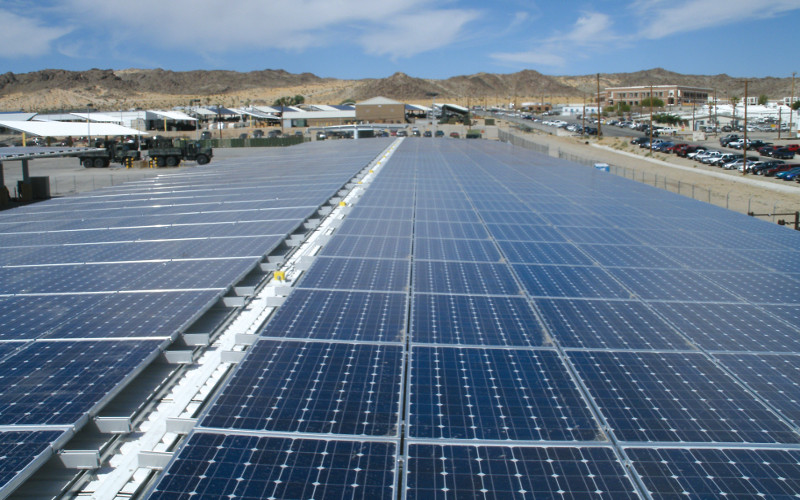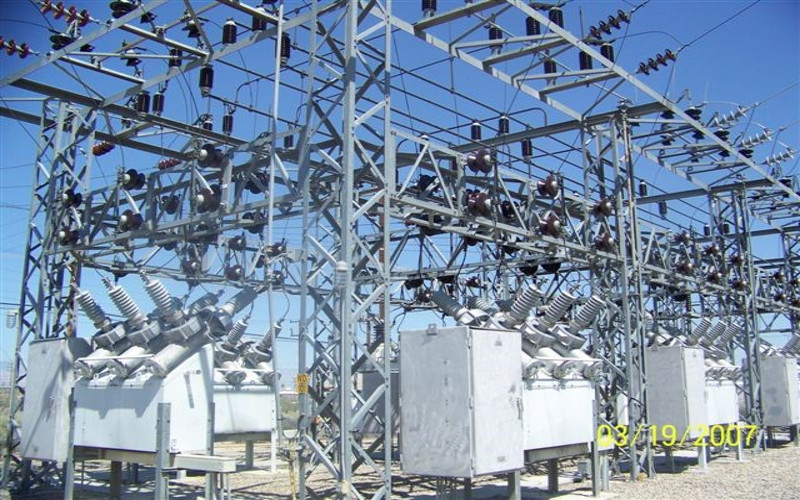Project Description
Project Name
Federal Solar PPA – Ground-Mount PV
Location
Various (DoD NAVFAC Southwest Locations)
Challenge
PPA-Based Utility-Scale Solar PV
Description:
The Naval Facilities Engineering Command (NAVFAC) issued $200 million Multiple Award Task Order Contracts (MATOC) to construct up to 40 megawatts (MW) of solar photovoltaic power plants to five contractors, including Chevron USA Inc., for whom the principals of PowerSurety worked at the time. Task order awards under this Indefinite Delivery/Indefinite Quantity (IDIQ) contract were based on federal power purchase agreements (federal PPAs) through which the Navy and Marine Corps could acquire utility-scale solar photovoltaic (PV) projects by purchasing power generated from the systems.
PowerSurety senior staff were responsible for driving and developing the technical, cost, and management proposals, as well as developing the Federal Acquisition Regulations-compliant (FAR) PPA that led NAVFAC to making an award to Chevron.
Projects under the MATOC were installed at multiple facilities throughout the southwestern United States, enabling Navy and Marine Corps installations to take advantage of high quality renewable resources while lowering their electricity bills. Onsite power generated by the projects also decreases reliance on conventional fossil fuel-fired grid power and lowers the peak demand of energy required during islanding or grid outage events. This will make future implementation of integrated microgrids more cost effective due to smaller quantities of onsite generation being required to support critical loads during grid outage events.
The MATOC and the utility-scale PV projects that were constructed under it resulted from aggressive goals set by the Secretary of the Navy to promote the integration of renewable projects into shore facilities. A goal set was to produce at least 50 percent of the Navy’s shore-based energy requirements from renewable sources by 2020. The PPA-based approach was integral to this effort since it enabled the entirety of construction, ownership and financing, and operation and maintenance of the systems to be provided by the private sector. This allowed for the full monetization and utilization of tax credits through the federal solar PPAs, thereby lowering the levelized cost of energy (LCOE) such that onsite solar electricity production costs were less than the projected cost of purchased grid power.
Energy storage and microgrid technologies are generally not capable of achieving grid parity pricing in most regions of the country in 2017. However, electric utility business models and regulatory structures will continue to undergo significant transformations as renewable penetration, grid congestion, and aging transmission infrastructure drive fundamental market changes. A primary focus of PowerSurety’s Energy Surety Assessments is to evaluate various microgrid architectures and assess the added costs of energy security relative to current energy costs and to evaluate how potential future cost and efficiency changes to renewable generation and energy storage technologies will impact cost-benefit trade-offs for various microgrid architectures.
Summary of Proposed Totals for Federal Solar PPAs
Location of Proposed Sites
- MCLB Barstow, California Avg. Monthly Insolation = 6.76 kWh/m2/day
- 29 Palms MCAGCC, California Avg. Monthly Insolation = 6.82 kWh/m2/day
- NAWS China Lake, California Avg. Monthly Insolation = 6.89 kWh/m2/day





